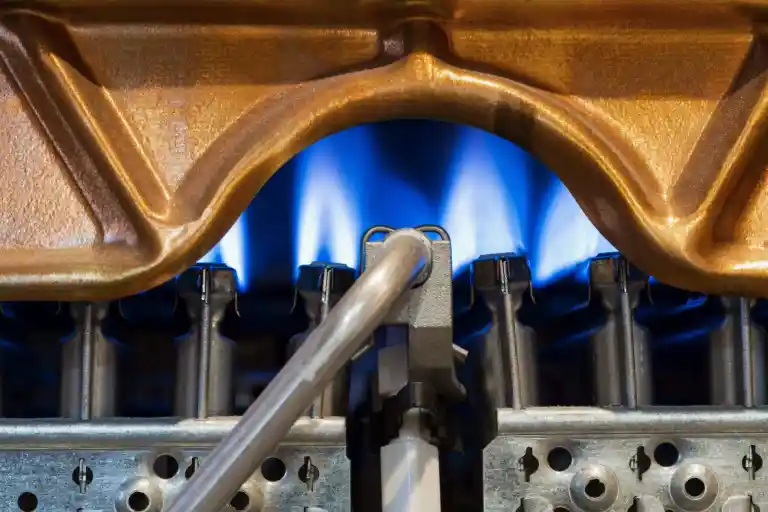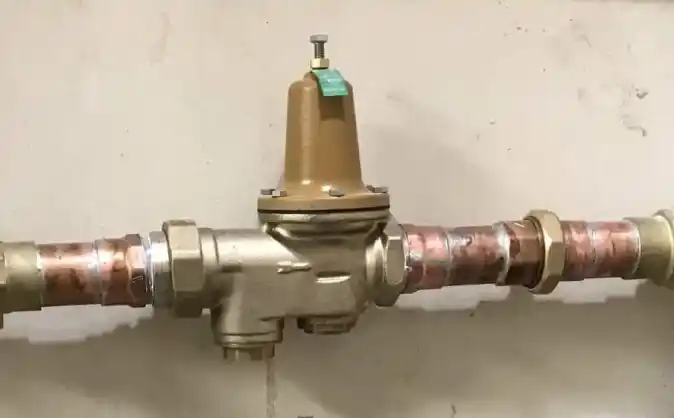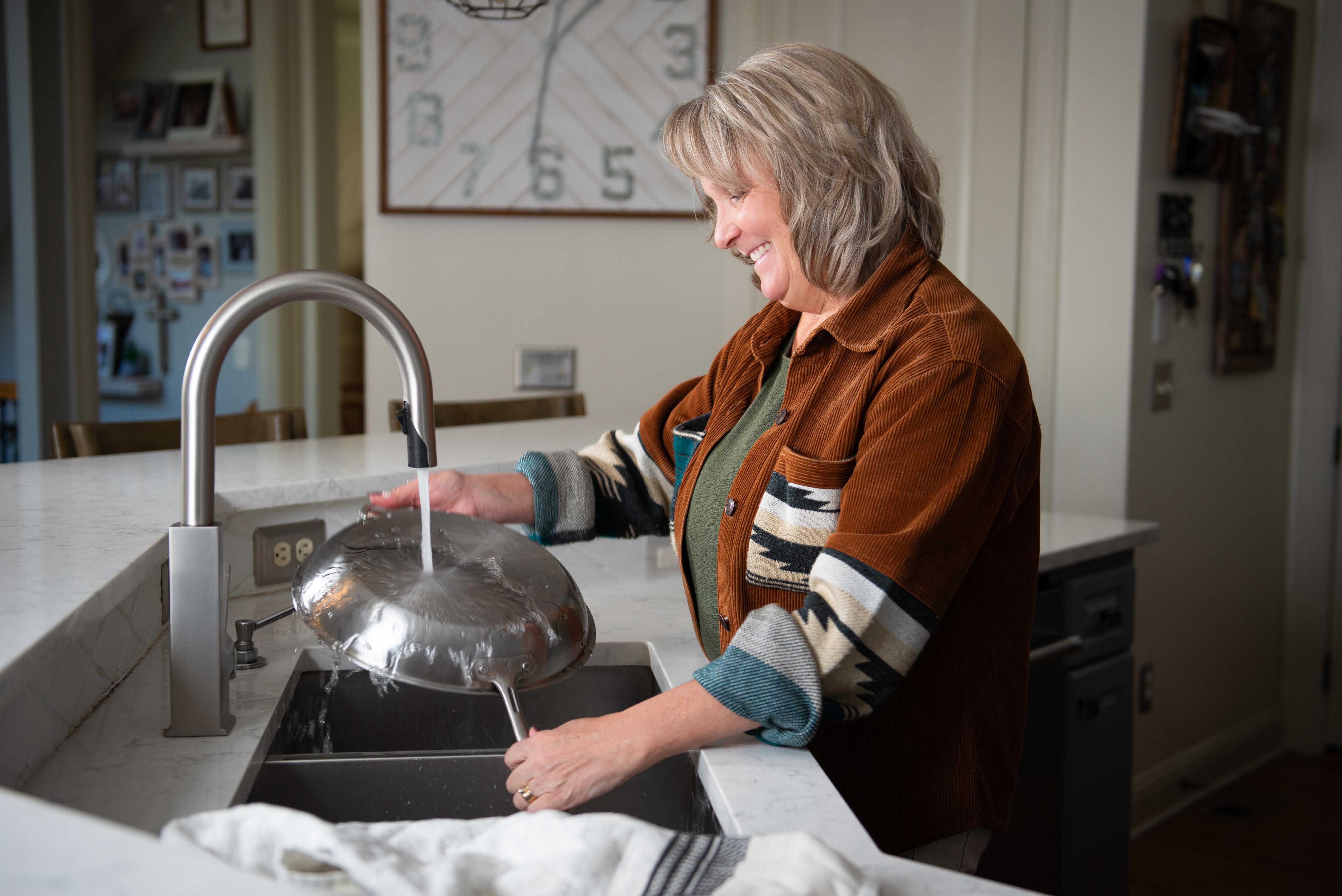
Top 3 Plumbing Repairs If Your Home Is 10–15 Years Old
If your home is 10–15 years old, you likely have a few plumbing repairs on the horizon.
When you can anticipate these repairs, you can make the call at the right time, plan on the expense, and avoid any unnecessary damage to your home.
Here are the top 3 plumbing repairs:
1. Water Heater
Knowing the age of your water heater is a good starting point, but it’s not the only thing you need to know.
You might have heard that most water heaters last 8-10 years. That’s not really accurate. Based on our experience, the average water heater life span is 12-14 years. If your home is 10-15 years old and you have the original water heater, you might need a new one soon.
tankless water heaters in your home
Some water heaters, however, can last beyond 12-14 years, so your best bet is to keep the age in mind while looking out for the following signs.
2. Pressure Reducing Valve
Your pressure reducing valve, or PRV, regulates water pressure on the main water line in your home.
Usually, the water pressure from the county or city is higher than you want for your home, so the PRV reduces your water pressure to a safer level.
pressure reducing valve
PRVs can begin to fail at around 10 years, although some can last much longer. When the PRV fails, it can result in water pressure issues in your home.
If the PRV is not working correctly, your water pressure can increase. In addition, if the PRV fails, it can reduce the overall flow of water into your home, which is often perceived as a reduction in water pressure.
If you suspect your PRV needs to be replaced, here are a few things to look for and how to check your water pressure for yourself.
3. Toilets
Some parts on a toilet can wear out in 5-7 years. If you still have these parts on your toilets, they likely need to be replaced.
The good news is that most issues come down to two items: the flapper and the fill valve. And they are easy to replace.
The first step is to diagnose which item needs to be replaced.
In general, if the toilet is running infrequently, replace the flapper. If it’s running frequently, replace the fill valve.
To confirm your diagnosis, turn off the water to the toilet. The water can be turned off at the valve where the supply line comes out of the wall or floor. Turn the valve clockwise to turn off the water.
Once you turn the water off, if the tank starts to empty out, it’s the flapper that needs to be replaced. If the toilet stops running as soon as you turn the water off, it’s the fill valve needs to be replaced.
Here’s how to replace the flapper and fill valve.
If you have questions or need assistance, you can always reach us at 770.560.1792.








